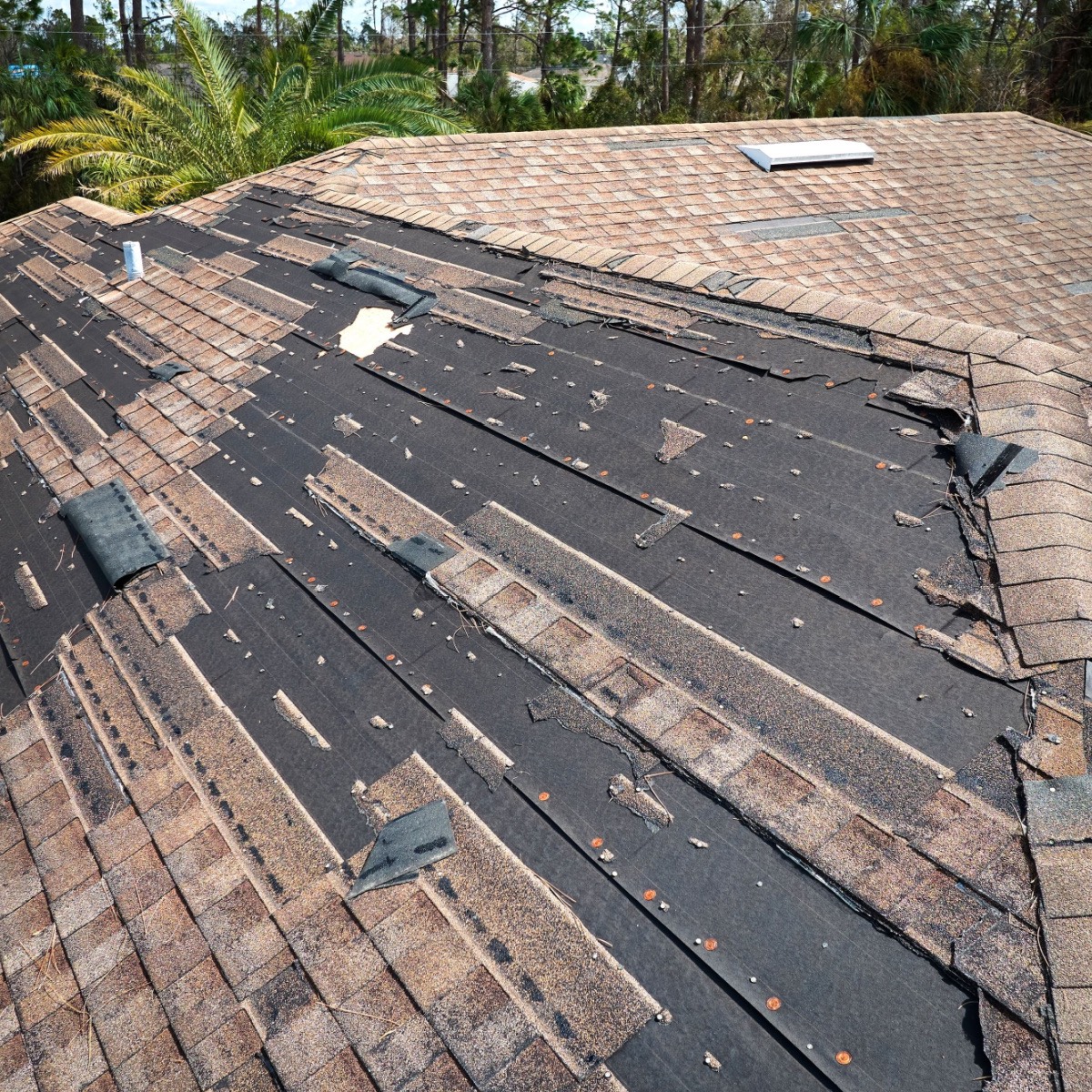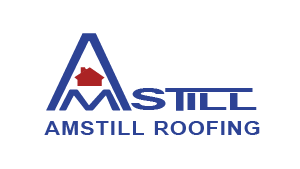
Signs of Rosenberg Roof Wind Damage
Amstill Roofing
High winds are one of the leading causes of Rosenberg roof damage, particularly in areas prone to hurricanes. If you live in one of these areas where tornadoes, thunderstorms, and even hail are common, then you know the importance of vigilance. To keep your home and family safe, you must be aware of signs of Rosenberg roof wind damage. In some instances, the wind is so powerful that it blows off the entire roof. Before something like this happens, watch out for the following.
Damage to Shingles
A definite sign of Rosenberg roof wind damage are loose, missing, or broken shingles. Wind also causes your shingles to curl or peel. Granule loss is when the top layer of your shingles begin to deteriorate. If you notice tiny sand-like particles in your gutters and pipes, they could be from your shingles. Even just a few damaged shingles call for Rosenberg roof repair. If unaddressed, damaged shingles can set off a chain reaction and cause you more money.
Leaks and Stains
Roof wind damage is not just visible from the outside; it can also appear inside your home. Do you notice brown or yellow stains on your ceilings? These could be from excess water after high winds impacted your roofing system. Leaks in your attic are also a sign that you have cracks or holes in your roof. Other signs of water damage caused by wind are mold growth and flooding in your basement.
Debris on Roof
In Texas, wind speeds can reach 100 mph or higher. With this much velocity, it’s easy for flying debris to hit your roof and leave a dent. Be on the lookout for surfaces that aren’t as smooth as they used to be. You can also check your chimney, antenna, or other roof ornaments if they’re askew. If they aren’t as aligned as they used to be, then you could have Rosenberg roof wind damage. Contact a Houston roofer near me as soon as you sense something is off before the damage gets out of hand
Fascia and Soffit Damage
Other important components of your roof include your soffit and fascia. The soffit is located on the underside of your roof, while the fascia sits against the roofline. Both function to keep water out of your home. Strong winds can easily damage these two roofing parts, so always keep them part of your regular maintenance.
Solve Rosenberg Roof Wind Damage Today
Now that you have a better idea of what Rosenberg roof wind damage could look like, what should you do next? If you spot any of the signs mentioned above, contact Amstill Roofing for repair and replacement services. We take pride in our time-tested perfection. Our family-owned and operated company has proudly been serving Texas since 1974. We work on thousands of roofs every year, guided by honor, integrity, and strength. Let our roofing track record speak for itself. Contact Amstill Roofing today for a free roof inspection!


















